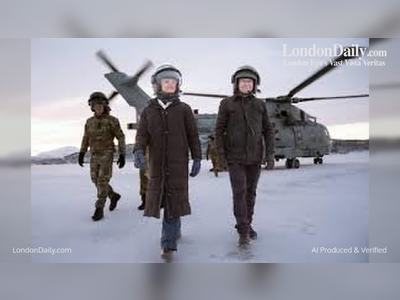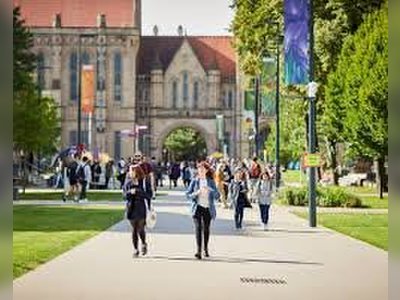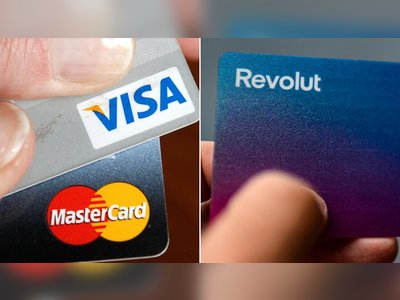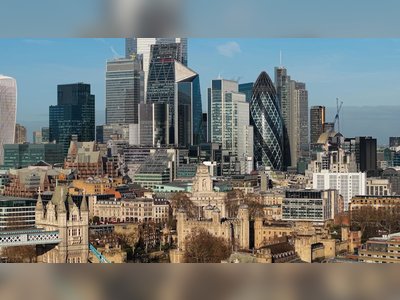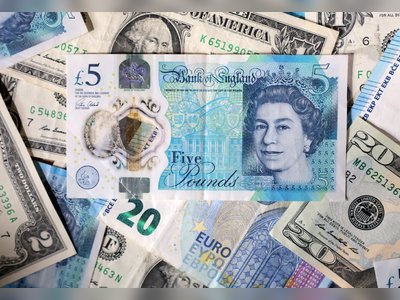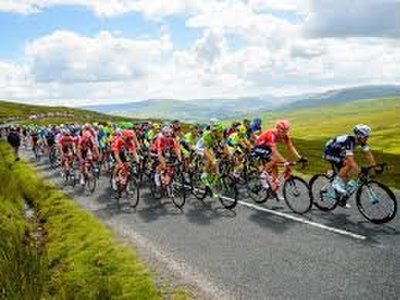
Has Downing Street calculated the real cost of quarantine?
As I tried to calculate the real cost of what I have called ‘kneejerk quarantine rules driven by focus-group fear’, my notebook began to resemble a rogue Ofqual algorithm — but here’s the simplified version.
Let’s start with the 600,000 Britons reportedly caught by the quarantine returning from Spain last month and the 150,000-plus in France who missed last Saturday’s 4 a.m. deadline. Many are children, pensioners or furloughed, but let’s guess that one
in a hundred of a national workforce of around 31 million has been rendered economically inactive for a fortnight. Even if each contributes to GDP only the national per capita average, that would be a £400 million hit to the economy.
But how many lives has it saved — or to get technical, how many ‘quality-adjusted life years’, known as QALYs? The accepted measure for the affordability of NHS treatments is a maximum of £30,000 per QALY.
So if we regard quarantine as a treatment, rather than a political gimmick, it would need to have preserved 13,333 QALYs to be judged worthwhile. How unlikely is that? I’ll take the ice-pack off my head now, but if you have a better formula — especially if you work in Downing Street — feel free to send it to martin@spectator.co.uk.
Changed for ever
Marks & Spencer has also been running numbers, leading to an announcement of 7,000 job cuts. While food sales stayed strong, in-store sales of clothing and homeware have been down by almost half since re-opening in June, partially offset by a rise online.
Newer out-of-town outlets are trading at close to last year’s levels, but ‘legacy’ town-centre stores are evidently a disaster area. Chief executive Steve Rowe speaks of a world in which ‘some consumer habits [have] changed for ever’.
The sadder truth is that his own business has probably lost for ever its former status as a national benchmark of value-for-money shopping, benign employment and long-term nurturing of suppliers.
On the third of these, an insider told me recently the typical M&S-supplier relationship is now more like ‘a state of war’. ‘Multi-level consultation’ on ‘further streamlining’ is in progress, but I suspect all that will survive of this once-great company in the long run is a chain of convenience food stores and a website that’s handy for sending flowers and chocolates.
Taste barriers
It’s good to know we’ve got Liz Truss — the thinking man’s Chris Grayling — batting for our post-Brexit prosperity as international trade secretary. She’s right to want to consign to the ‘bin of history’ US tariffs on single--malt Scotch, of which many Americans are connoisseurs.
But just how desperate for headlines must she be to have put out a story that the last hurdle in a new trade treaty with Japan is her demand for better terms for blue cheese?
We’re told she hopes to achieve more favourable tariff terms for this pungent product than those in last year’s EU-Japan deal — but surely our Tokyo embassy should have alerted her to the cultural sensitivities involved.
When I lived in Japan, I was often challenged to eat things — natto (fermented bean curd), fugu (poisonous blowfish), raw seafood still writhing on the plate — which my hosts liked to think no gaijin (foreigner) could stomach.
But I learned the way to turn the game was to offer blue cheese. Not only did they find the taste and idea of it disgusting; they believed eating it contributed to the western body odours they found highly offensive.
Younger Japanese may be more adventurous but I’d say there’s scant hope of Truss’s table-banging leading to a Stiltonboom over there to match sushi’s success here.
Indeed the mystery is who, other than homesick expats, can have bought the £102,000 worth of the stuff exported to Japan last year. Perhaps it’s being left to turn bluer and bluer in a secret underground laboratory as a potential source of Covid vaccine.
Seventeen bathrooms
The $14.7 million ocean-view mansion acquired by the Duke and Duchess of Sussex in the Californian enclave of Monte-cito looks like a bargain at less than half the original price asked by its Russian owner when he put it on the market five years ago.
But why did it take so long to sell? A lady who lunches nearby — usually at Caruso’s in the Rosewood Miramar Beach hotel — thinks the answer has to do with the house’s colossal running costs.
She kindly sent me the estate agent’s particulars and a local list of domestic vacancies. The brochure reveals that the number of bathrooms in the house, hitherto under-reported, is actually 17 — prompting my source to point out that unless Meghan is a dab hand with the Domestos, the couple will need one housemaid entirely devoted to keeping the sanitary-ware sparkling.
As for the job listing, it includes, at $120,000-a-year plus ‘generous end-of-year bonus’, the post of ‘major domo’ for a ‘lovely family’ (surely it’s them) who also employ ‘two full-time housekeepers, a houseman, a chef and an outside grounds crew’ — perhaps omitting, for modesty’s sake, two nannies and a driver-cum-security guy.
Harry has probably never had to do the household math before, but I can tell him he’s facing a monthly tally of wages, mortgage payments, utility bills, property taxes and lawn-watering penalties that will approach $100,000 on top of the £18,000 a month he owes the Privy Purse back home for the refurb of Frogmore Cottage.
That’s an awful lot of JPMorgan conference speeches. Our lost prince must wake every morning wishing he was back in barracks playing video games.
